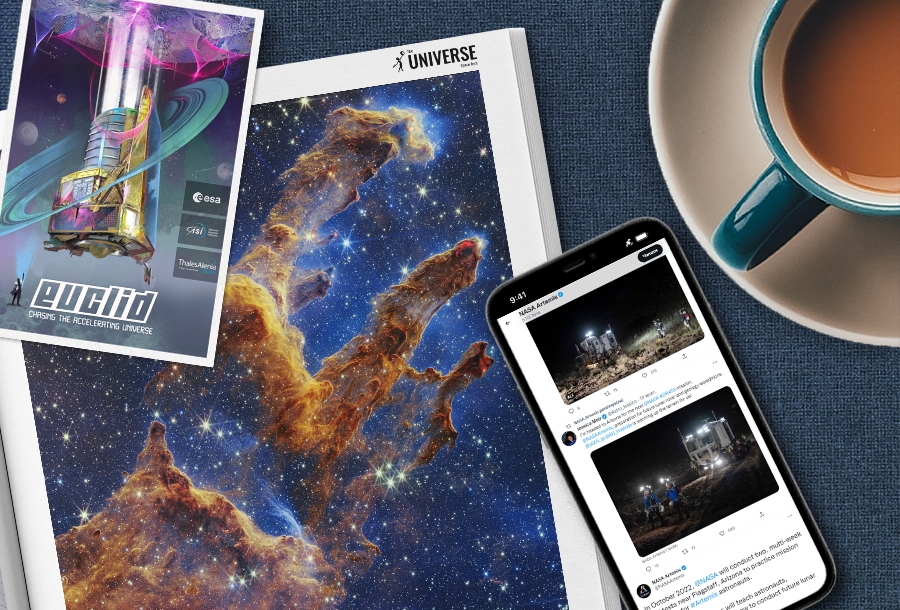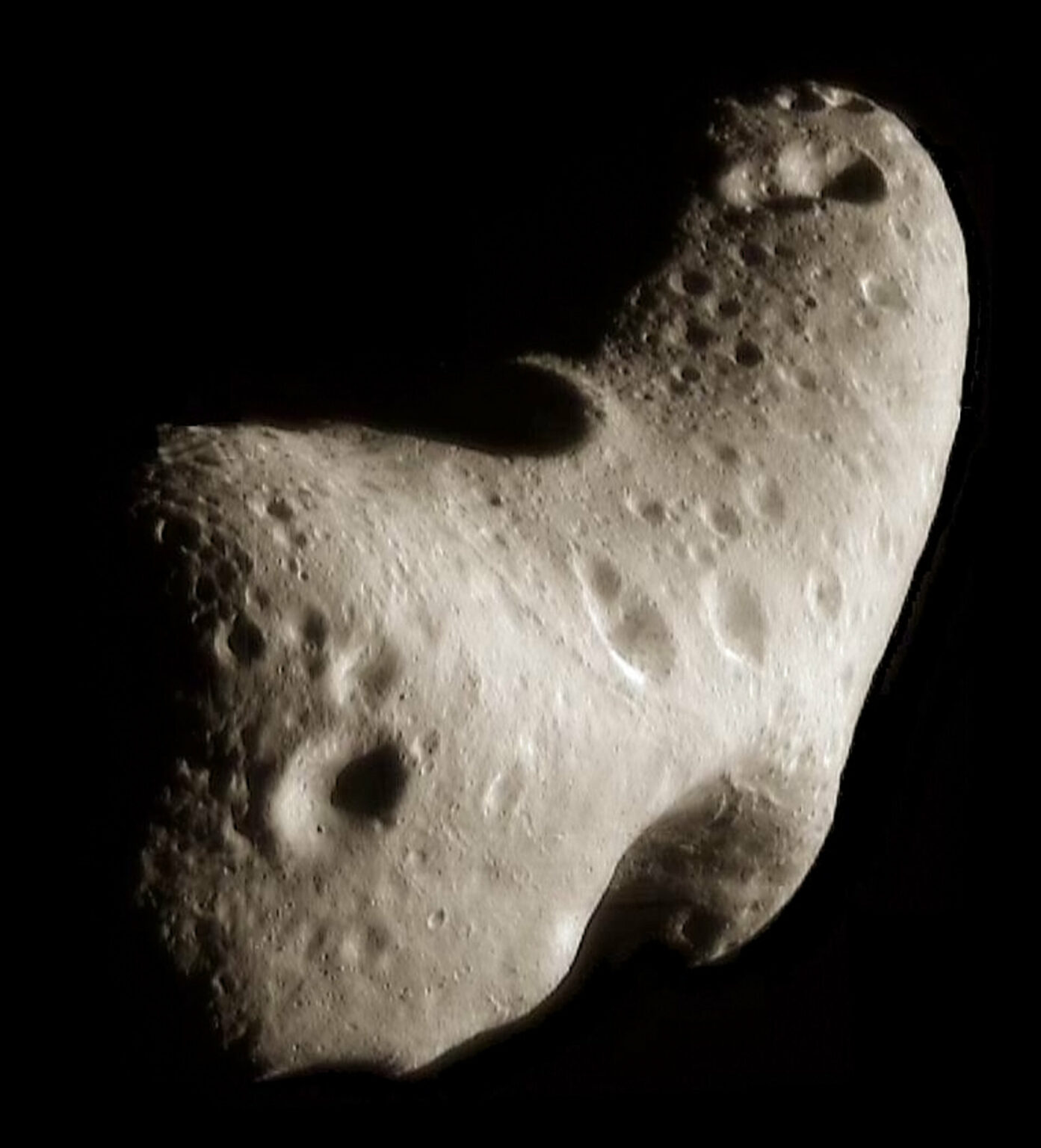Selection of the most interesting space news for the week: A team of American and Japanese astronauts began training for a flight to the Moon; NASA developers fixed problems in spacesuits and allowed a spacewalk, and we tell how a natural satellite of the Earth appeared.

“Science, my lad, is made up of mistakes, but they are mistakes which it is useful to make, because they lead little by little to the truth.”
― Jules Verne, A Journey to the Center of the Earth
Future NASA lunar astronauts started training in the desert
A team of astronauts from NASA and Japan’s JAXA are in the Arizona desert, where they are testing a lunar rover and other technologies that will later be sent to the Moon. The current members of the expedition are NASA astronauts Jessica Meir and Stan Love, as well as Japanese colleagues Aki Hoshide and Norishige Kanai. The astronauts’ mission in the desert will last until October 22 and will include a thorough test of the JAXA lunar rover. Astronauts will live and work inside the lunar rover for 72 hours so that engineers can determine whether it is capable of safely coping with difficult conditions on the Moon.
SpaceX to replace Russia in two ESA space missions
SpaceX would launch two scientific missions for the European Space Agency, which were previously planned to be carried out with the help of Russia. We are talking about the Euclid orbital telescope and the Hera probe.
Euclid is a new European orbital telescope. Its weight is 2160 kg, and the mirror has a diameter of 1.2 meters. It will work in the visible and near-infrared ranges. Its main purpose is to search for dark matter and dark energy.
Hera is a probe that is supposed to go to a pair of asteroids Didymos-Dimorphos. It will evaluate the results of a collision with the latest DART spacecraft, which recently crashed into the smaller of the two bodies in order to change its orbit.
Discovered the closest black hole to the Sun
The discovery of the nearest black hole, about 12 times the mass of the Sun, is described in detail in a new publication of the study in the Astrophysical Journal. “A black hole is located closer to the Sun than any other. The distance to it is 1,550 light-years. By the standards of space, it’s practically in our backyard,” explains Dr. Sukanya Chakrabarti, professor of physics at the University of Alabama.
China is considering sending a mission to Ceres
The Chinese Academy of Sciences is considering a number of projects for future space missions. These include a probe for the study of the dwarf planet Ceres and a telescope for the study of dark matter. In recent years, China has made great progress in space exploration. And the Celestial Empire is not going to stop there at all. Currently, more than twenty different projects of promising space missions are under consideration by Chinese experts. Those that receive approval will be implemented in the next decade.
NASA solved the problems of faulty spacesuits
NASA decided to stop spacewalks after the incident with the helmet of astronaut Matthias Maurer, who suddenly had a thin layer of moisture. This jeopardized the mission outside the ISS and the risks to the astronauts’ lives. Water samples taken from the helmet and spacesuits were returned to Earth for analysis. No hardware failures were detected in the spacesuit, which led the researchers to conclude that the water was condensate, which was formed due to incorrect cooling settings inside the suits. After completing an investigation into an incident, NASA gave the green light to resume spacewalks outside the International Space Station (ISS). The next exit under the leadership of the United States may take place as early as mid-November, the space agency reported.
Photo of the week
NASA has published, made by the James Webb Telescope (JWST), a striking portrait of a cluster of interstellar dust and gas. It is known as the Pillars of Creation, which are located at a distance of approximately 6,500 light-years from the Sun. They were first photographed in 1995 by the Hubble telescope. Thanks to its technical capabilities, the James Webb telescope has the ability to penetrate the dust curtain and capture previously unseen details of the internal structure of nebulae and regions of active star formation.
Interesting figure — 30 thousand near-Earth asteroids

The European Space Agency (ESA) has announced that an important milestone has been overcome. The number of near-Earth asteroids found by astronomers has exceeded the mark of 30 thousand objects. 30 thousand near-Earth asteroids found by astronomers are just the tip of the iceberg. In reality, there are many more such objects, and many of them are still waiting to be discovered.
Something to read on the weekend

We are so used to the presence of the Moon in our night sky that we hardly think about how lucky we are to have such a “space neighbor”. The Earth and its satellite are a unique phenomenon in the Solar System, and the latest studies show that such combinations are not so common in the universe as a whole. How did this strange pair appear and what did scientists need to know to answer this question? Read our article “The unique Moon. How we happened to have the natural satellite“.
Follow us on Twitter to get the most interesting space news in time
https://twitter.com/ust_magazine

